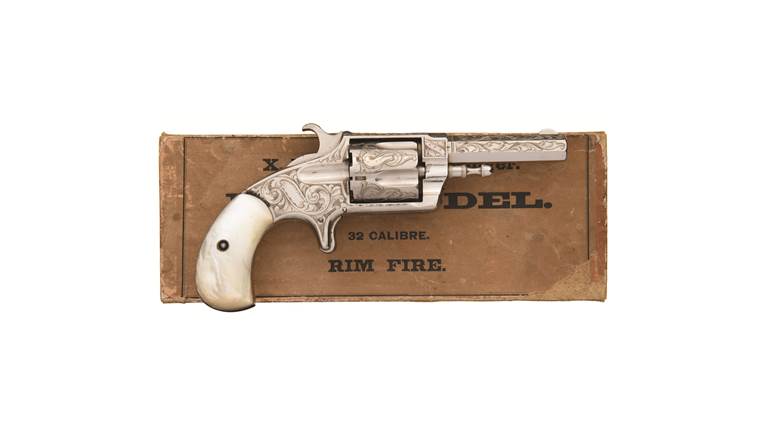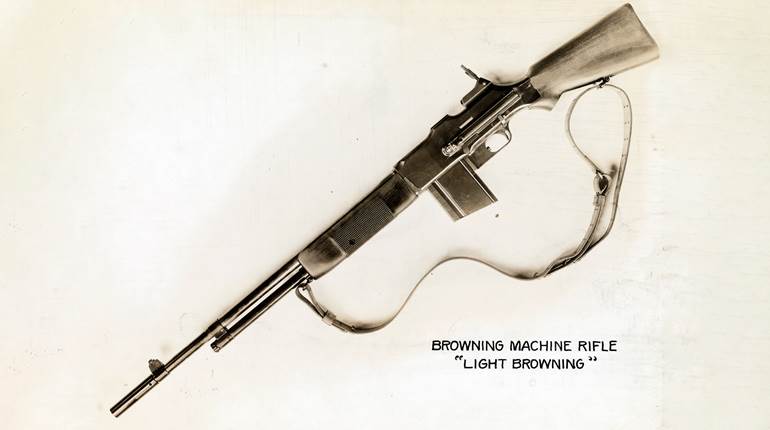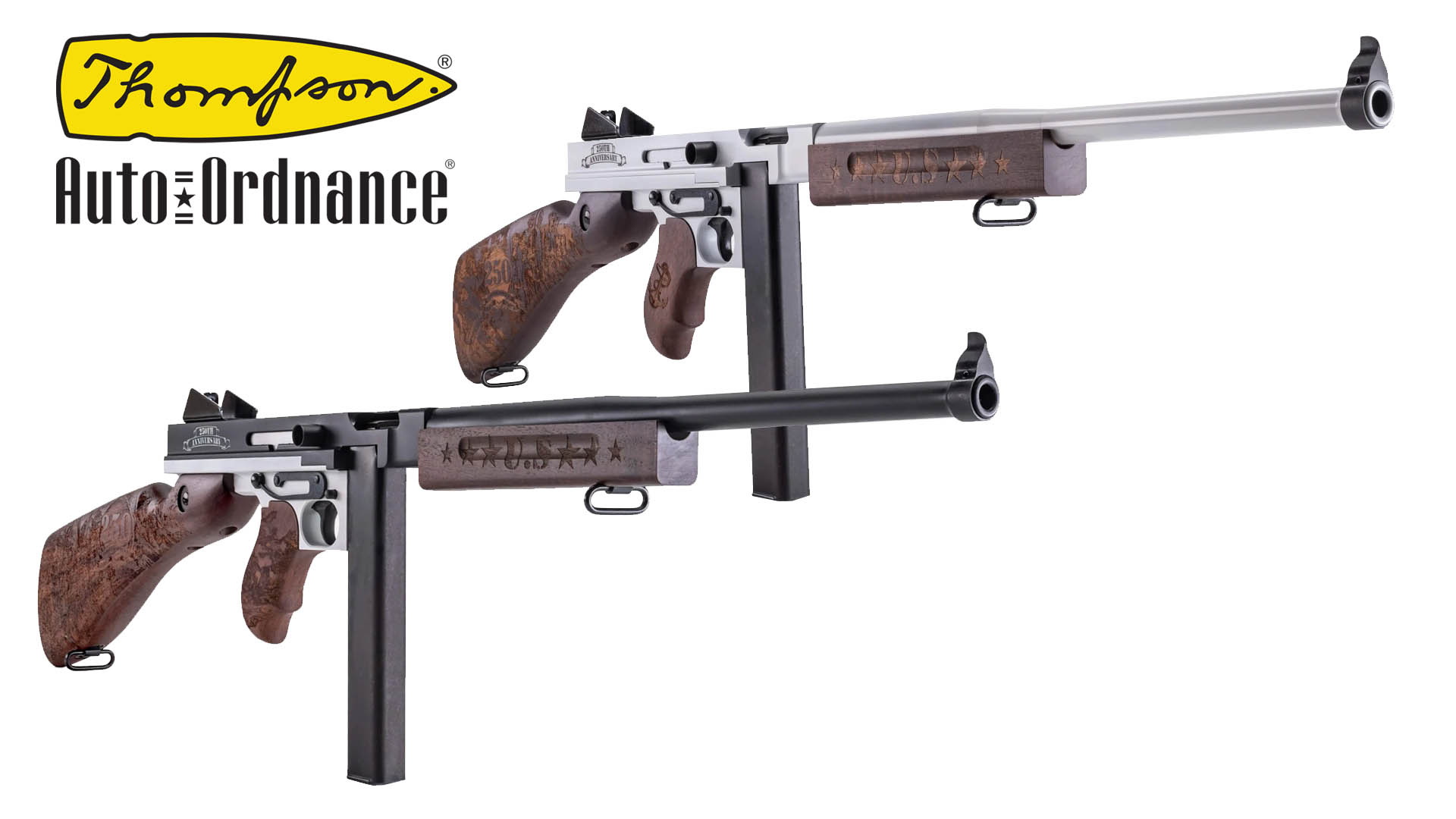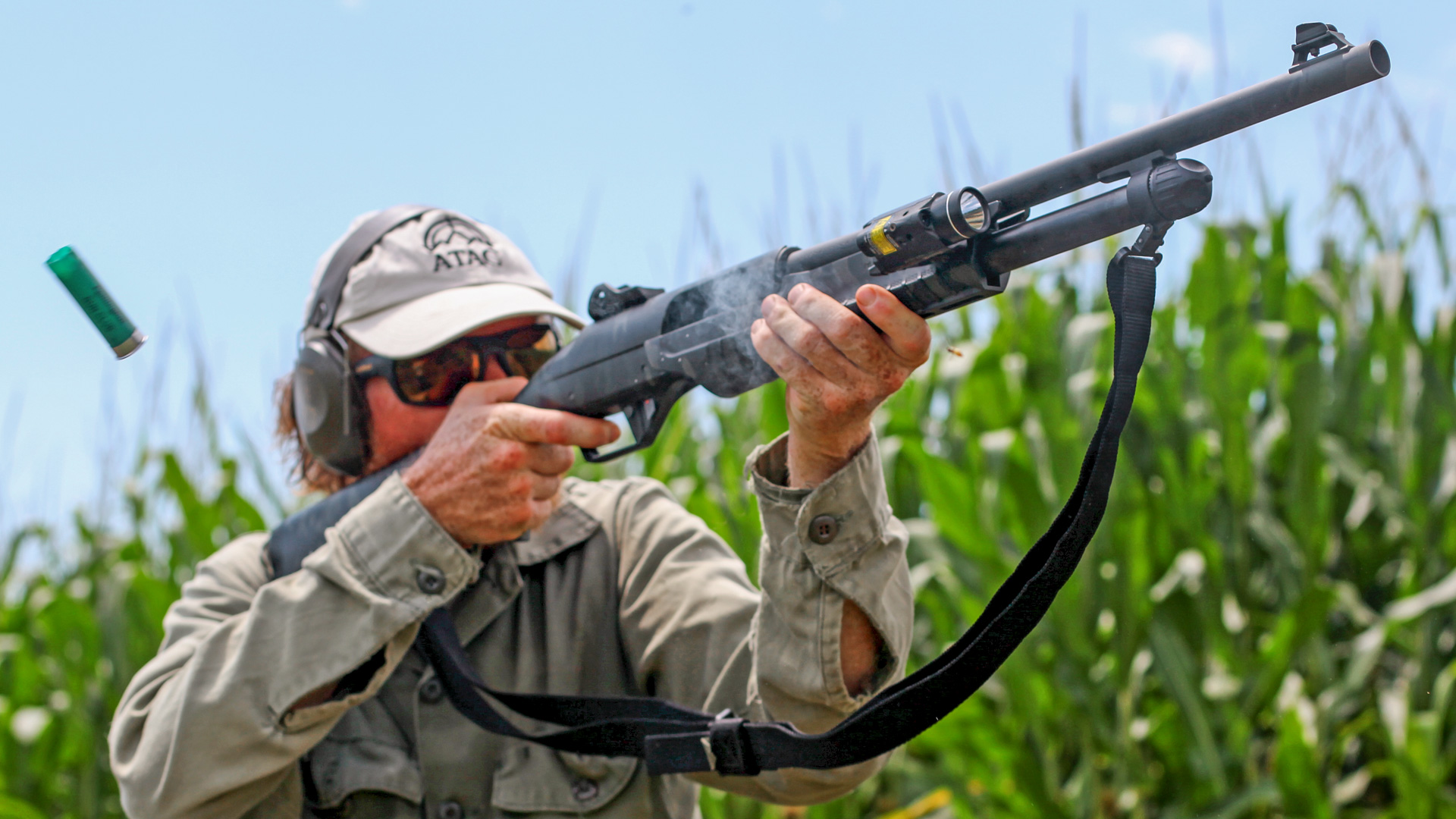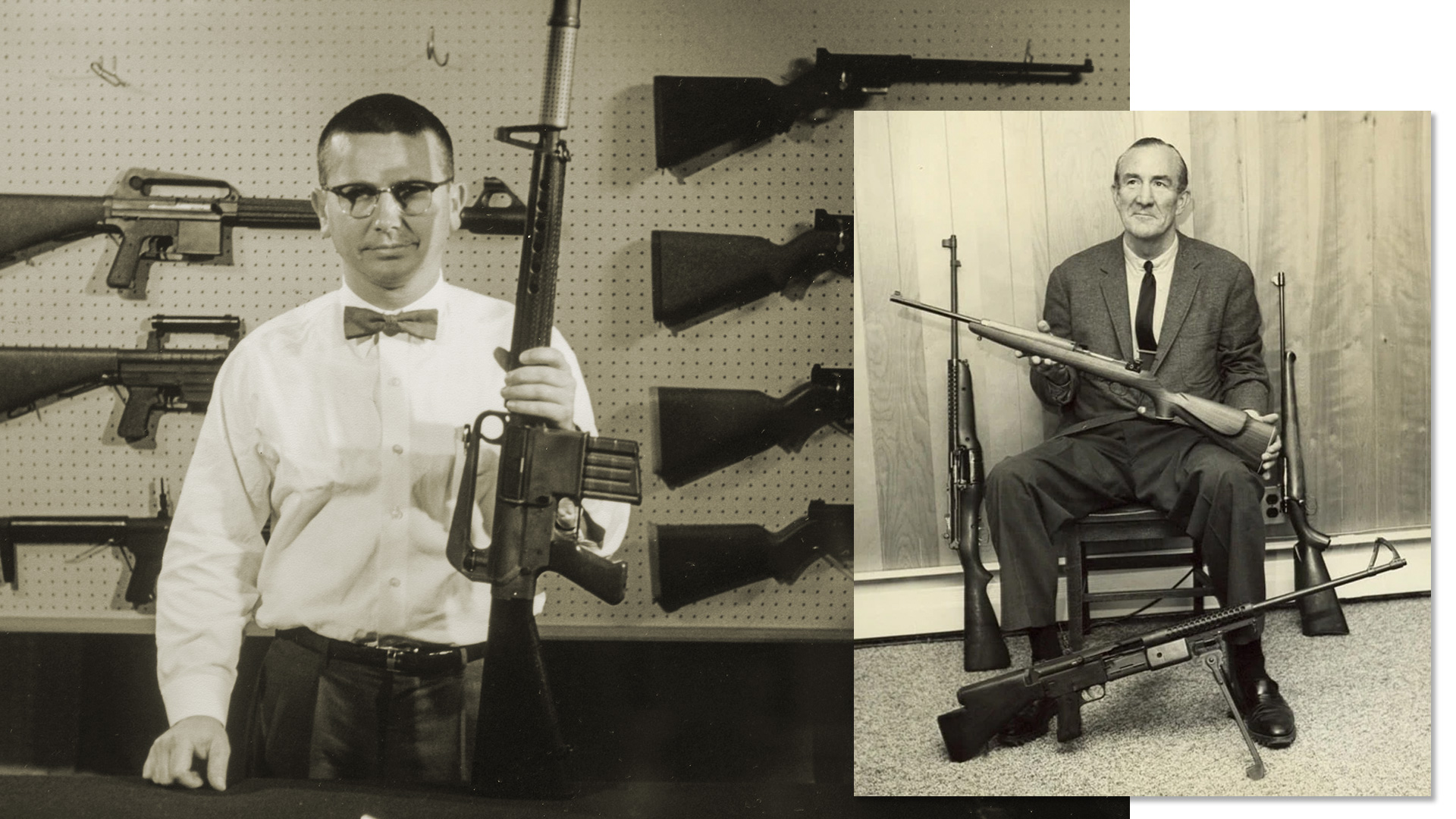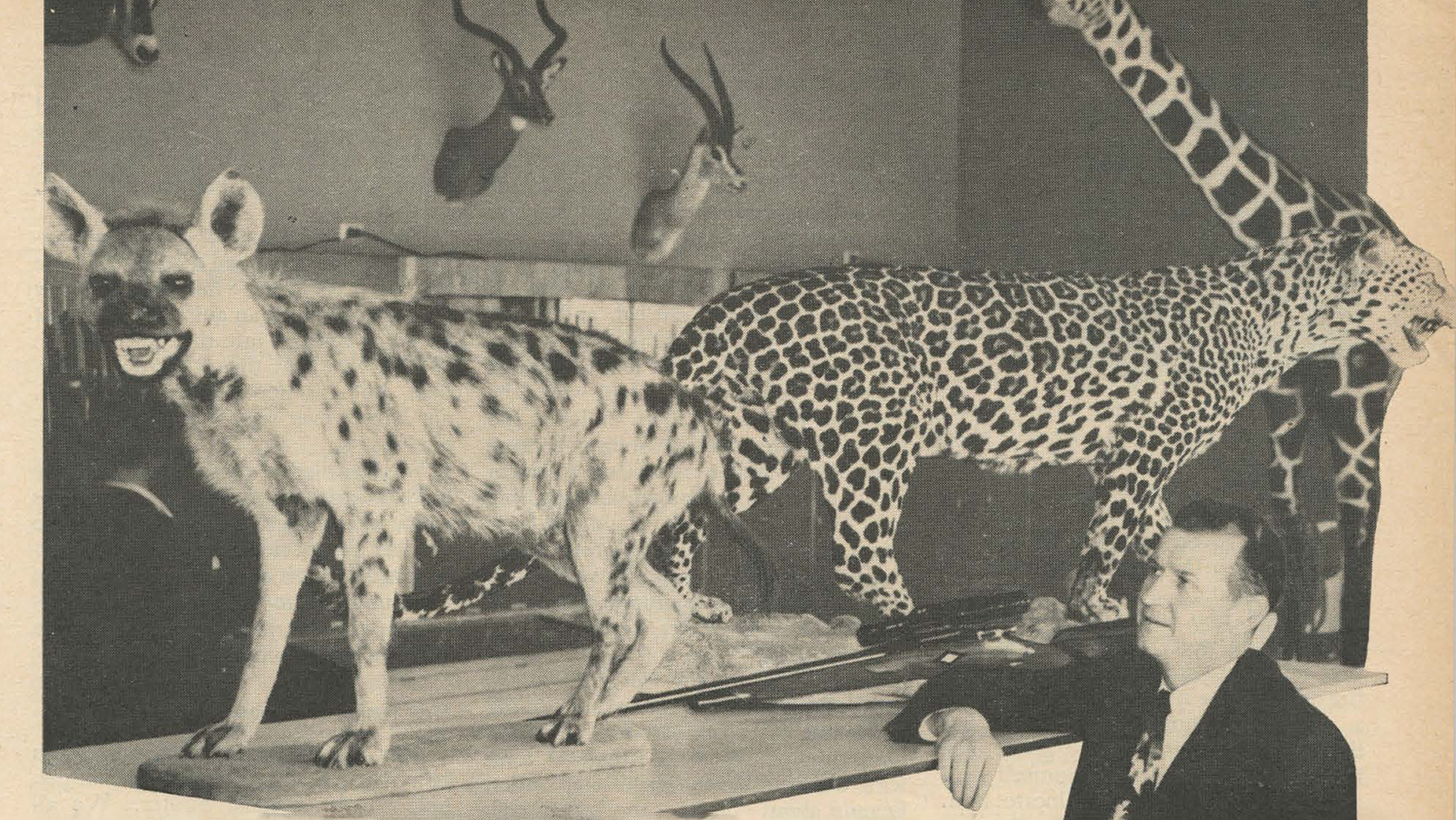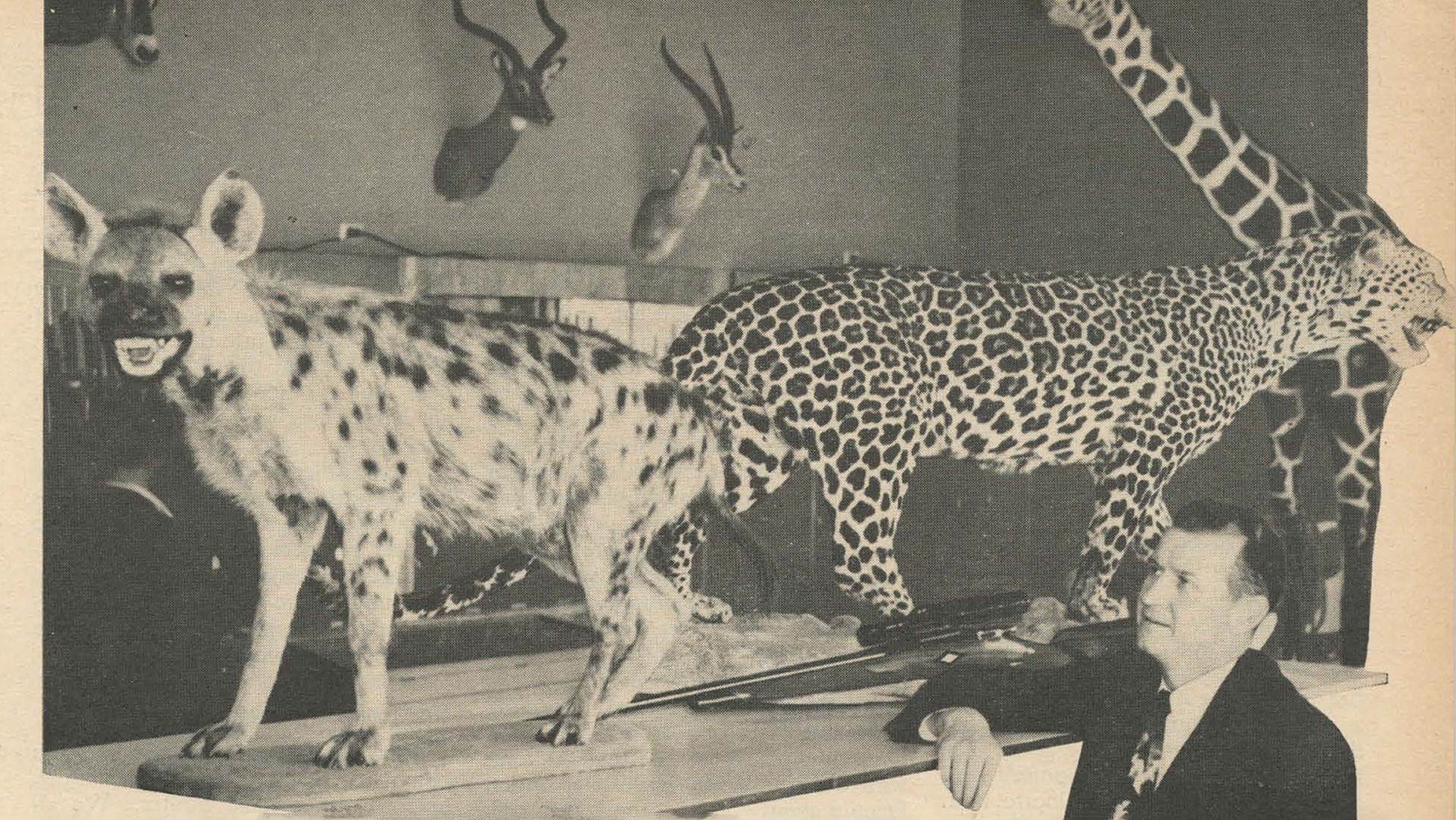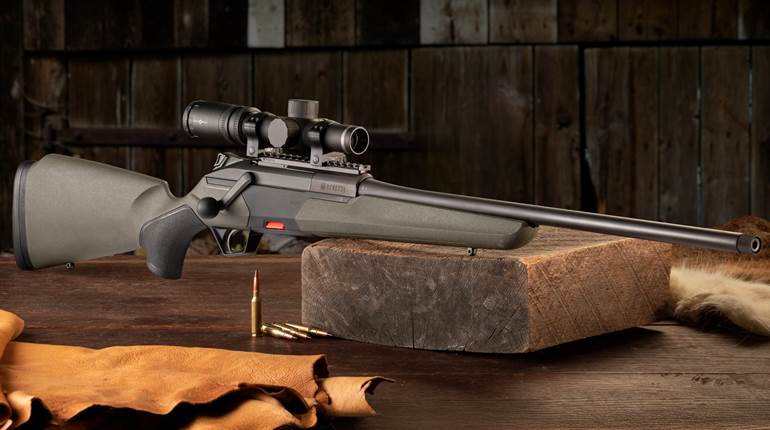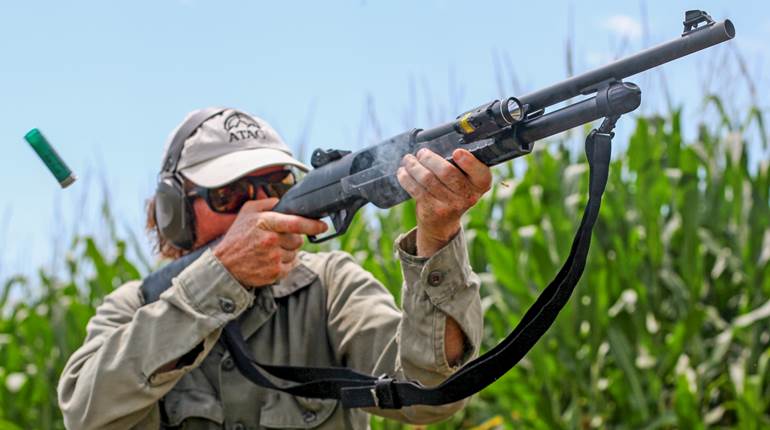
If there was ever a truism about war, it is that logistics can make or break an army. Another is that an army should never go to war without rifles to arm its soldiers. Yet that was what almost happened to the Union Defence Force (UDF) of South Africa in 1914.
At the start of World War I, Britain was concerned not only with its German adversary in Europe, but the German presence globally. Germany had a number of overseas colonies, four of which were in Africa: Deutsch Ost-Afrika (East Africa), Togoland, Kamerun and Deutsch Südwestafrika (Southwest Africa). 
Southwest Africa (SWA) was thought to pose a particular threat to the British because its ports were capable of handling German navy ships. With not enough troops to deploy elsewhere, the British government urged its commonwealth partner, South Africa, to take on an “Urgent Imperial Service.” That service was to expel the Germans from their colony, a task they would ultimately accomplish but only after they resolved a few logistical issues. (SWA map copyright James Stejskal)
Before we get to those problems, you may be wondering how and why we arrived at a little remembered military campaign in southern Africa. The answer is rather simple: In 2012, I found myself in the former German colony of Südwestafrika—today known as Namibia—and decided to write a book about that small piece of World War I—the UDF conquest of the colony led by General Louis Botha. It was South Africa’s first military foray outside its own borders. 
Researching the campaign required not only that I dive into the archival records of the South African Army—the Union Defence Force (UDF)—and the German Kaiserlichen Schutztruppe (Imperial Protection Force), but that I look at the battlefields where the two armies fought, bled and died. Namibia was then and is still a harsh land, home to one of the oldest deserts on Earth, with little water to supply its small population and smaller army (6,500 soldiers) let alone an invading army of 75,000 South African soldiers. One of my tasks was to map the battlefields and confirm the accounts of the battles as best I could. As I speak English and German I was able to look at things from both sides.[1] Now, back to the war ... .
Right, a typical UDF Burgher of the southern command armed with a Lee-Enfield. (Namibian National Archives)
From its beginning in 1912, the UDF was logistically challenged and for most of the war it relied on the Royal Navy for its maritime transport. The hostile natural environment dictated that supplies, especially food, water and fodder be moved by ship to the two coastal ports of Lüderitz or Walfischbucht (Walvis Bay) from Cape Town and thence by wagon, rail or truck to the front. This would eventually necessitate the rebuilding of the German railway system to Cape Gauge and the import of around 2,000 supply trucks to service the logistical requirements of the army. UDF war diaries are replete with details on logistical problems, but none is more illustrative than the following comment from a status report: “the heavy artillery could not move; the soldiers had eaten the draft oxen.”[2]
In the end, many of these problems would be overcome by the South Africa’s ability to mobilize far greater resources than the Germans could muster.
In 1914, the UDF’s Short Magazine Lee Enfield (SMLE) rifles were being upgraded to handle the new .303 Mark VII ammunition. When the call to arms came, the UDF did not have enough rifles to arm all of its troops promptly. Because the British Army was also at war and upgrading its own SMLE rifles, the South African government had no other choice but to acquire rifles from another source. So they approached the Portuguese Army, which provided 20,000 Model 1904 Mauser-Vergueiro 6.5×58 mm caliber rifles. The UDF also had a number of machine-gun detachments equipped with the excellent Vickers .303 caliber water-cooled, and a few Danish Madsen machine guns.
Unfortunately for the UDF, the Mauser-Vergueiro was a fragile rifle and the 12 million rounds of Portuguese armory-made ammunition acquired with the rifles often had cracked cartridge cases or bullets that simply fell out with normal handling.[3] But the UDF had little choice as the preparations for the invasion of Southwest Africa was already underway. The soldiers had to make do with what they had. A number of units deployed in southern Southwest Africa were issued the older Lee-Enfield rifle. My research was in the north and the UDF soldiers there had been equipped with the Vergueiro-Mauser.
As I travelled from battlefield to battlefield in central and northern Namibia, I looked at the terrain and the debris of war. Everywhere I went I found easily identifiable evidence of the Germans. From beer bottles to cartridge cases, I could track their presence and where they had fought. One battle site yielded hundreds of German cartridges. They used the Mauser Gewehr 98 and 98S rifle in 7.92×57 mm, and the obsolete Kommissiongewehr M1888 in 8×57 mm J as well as the Mauser Infantriegewehr M1871 & M1871/84 in 11.15×60 mm.
Frustratingly, cartridges from the Portuguese 6.5×58 mm were not to be found. Finally, while walking one of the largest UDF base camps in the desert about 20 kilometers inland from Walfischbucht, I found a lone, unfired cartridge on top of the sand where it had lain for nearly 100 years. It was my first Portuguese cartridge. I had already confirmed the location as South African by the presence of around 5,000 old “bully beef” and condensed milk tins—the traditional fare of the UDF while on the march. A typical Schutztruppe Reiter “trooper” armed with a Mauser Gewehr 98. (Namibian National Archives)
A typical Schutztruppe Reiter “trooper” armed with a Mauser Gewehr 98. (Namibian National Archives)
But on the battle sites where the evidence was critical, I hadn’t found what I needed. So I returned to the site I was concerned with: a hill known as Walfischrucken or Whale Back that overlooked an old railway station at Jakalswater, located deep in the desert where a short, sharp battle took place on 20 March 1915. Aerial view of Jakalswater Train Station and the Walfishrucken hill. (Copyright James Stejskal)
Aerial view of Jakalswater Train Station and the Walfishrucken hill. (Copyright James Stejskal)
On that day, as part of General Botha’s advance up the dry valley of the Swakop River, a flying column of 1,200 Burghers (horse-mounted Commando squadrons) under Commandant Colonel WR Collins attacked the German position at Jakalswater held by fewer than 50 Schutztruppe. During the attack, approximately 200 UDF troopers assaulted and seized the Whale Back, capturing the four German signalmen who were stationed there. Shoot out at the Whale Back. “Batterie Munstermann” under Major Erno v. Munstermann engages the South African forces on the Walfischrucken with their 7.5 cm L/14 M. 08 mountain guns. The Jakalswater train station is at the right. (Photo-illustration by Carl Becker and James Stejskal)
Shoot out at the Whale Back. “Batterie Munstermann” under Major Erno v. Munstermann engages the South African forces on the Walfischrucken with their 7.5 cm L/14 M. 08 mountain guns. The Jakalswater train station is at the right. (Photo-illustration by Carl Becker and James Stejskal)
Now in charge of the heights and surrounding the train station on three sides, the South Africans should have been able to overwhelm the Germans. Instead, a 120-man German artillery unit that had been held in reserve a short distance away came to the rescue. Firing their four 7.5 cm mountain guns, they pinned the Commandos down. An assault by the 50-man German infantry unit that accompanied the guns drove the UDF off the hill and resulted in the capture of 28 Burghers and 40 horses. The remainder of the South Africans retreated precipitously. The victory was only temporary as the Germans soon withdrew in the face of the overwhelming odds. The SWA campaign would end four months later after a chase of several hundred miles and the surrender of all German forces in the colony. A trash dump from World War I at the South African Base Camp at Husab (Copyright James Stejskal)
A trash dump from World War I at the South African Base Camp at Husab (Copyright James Stejskal)
My quandary remained, however. In a prior visit to the Whale Back I had found plenty of German ammunition, but not the Portuguese version I needed to confirm the presence of the UDF on the hill. As I looked around the crags and rocks this time, I saw again the detritus of battle: fighting positions of piled up rocks called “sangars,” strands of telegraph wire, and metal scraps. Then I spotted a stripper clip near a rock and, next to it, a cartridge that previously eluded me. I whipped out my trusty 10 X loupe and read its headstamp: “AE 1912” for Arsenal de Ejercito or Portuguese Army Arsenal—it was a Mauser-Vergueiro cartridge. I had the evidence I needed; the South Africans had indeed made it to the top of the hill.
Shown top, a 6.5×58 mm Mauser-Vergueiro cartridge recovered from the UDF camp at Husab. Bottom images, the author's illusive proof of a Mauser-Vergueiro cartridge, as found on the Walfischrucken (Copyright James Stejskal)
After the South West Africa campaign, the UDF condemned their Mauser-Vergueiro ammunition and the troops were issued the upgraded SMLEs with Mark VII .303-cal. ammunition. With their newfound experience, the UDF would take on another imperial service in German East Africa under South African General Jan Smuts. On that campaign they would meet a more formidable enemy and have to fight a motivated and agile Schutztruppe force led by Colonel Paul Emil von Lettow-Vorbeck—the “Lion of East Africa.”
The Rifle
In 1904, the Mauser-Vergueiro m/1904 replaced the Steyr-built 8 mm Kropatschek m/1886 as the standard Portuguese infantry rifle. It was designed by José Alberto Verguerio, a Portuguese Army infantry officer, and was based on the Mauser 98 rifle. It introduced a new bolt system and chambered a 6.5 x 58 mm cartridge. Officially designated Espingarda 6.5 mm m/1904, it was often referred to as the Portuguese Mauser. During World War I, it was used primarily by Portuguese colonial troops in Angola, Mozambique and Timor. Around 100,000 rifles were produced by Deutsche Waffen and Munitionsfabriken (DWM) in Berlin. The Mauser-Vergueiro rifle served from 1904 to the start of World War II and saw combat in World War I and the Spanish Civil War.
Mauser-Vergueiro m/1904 Specifications:
Weight: 3.8 kg (Rifles m/1904) / 3.6 kg (Carbine m/1904)
Length: 1,110 mm (Rifle m/1904) / 1100 mm (Carbine m/1904)
Barrel: 600 mm
Cartridge: 6.5×58 mm Vergueiro (Rifle and Carbine m/1904)
Velocity: 715 m/s
Feed: 5-round stripper clip, internal box magazine
Sights: Rear leaf adjustable 200 to 2,000 meters
The book is The Horns of the Beast: The Swakop River Campaign & World War I in South West Africa, Helion & Company, 2014.
[1] The South African UDF archive records are in English, not Afrikaans.
[2] JJ Collyer, The Campaign In German South West Africa, 86.
[3] J.L. Keene, “The Problem of Munitions Supply in the First World War and its effect on the Union Defence Force”, Military History Journal, Vol 6 No 4.














